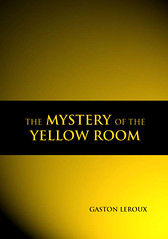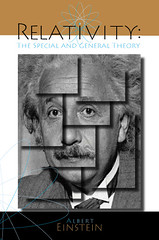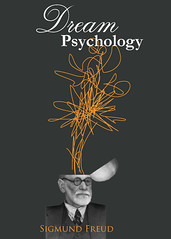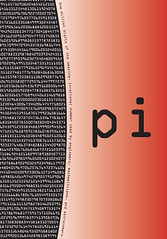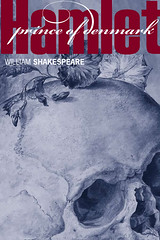It’s only rock and roll… but I like it
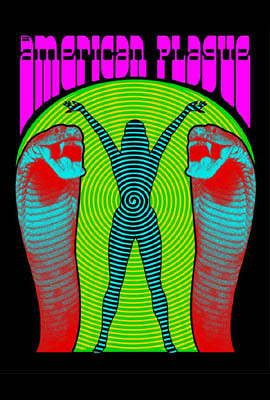
I recently got my first tattoo (see the story in one of my other blogs) and ran into an honest-to-goodness graphic designer.
Johnny Hicks was our “concierge” at Saint Tattoo — the guy who answered all our questions and set us up with the tattoo artists. Turns out Johnny has designed some killer posters for bands playing local venues. He does a mean Elvis impersonation as well. His dramatic display type and surreal images really grab the eyeballs.
He also told me his work has been included in The Art of Modern Rock, a serious tome of coffee table coolness that I’ve seen in the window at Yee Haw downtown. He may be included in another upcoming book as well. So check out Johnny’s work at the Saint portfolio page or at another spot here. And if you want to be a Johnny Hicks groupie, shoot him an adoring email.
Rock on!
